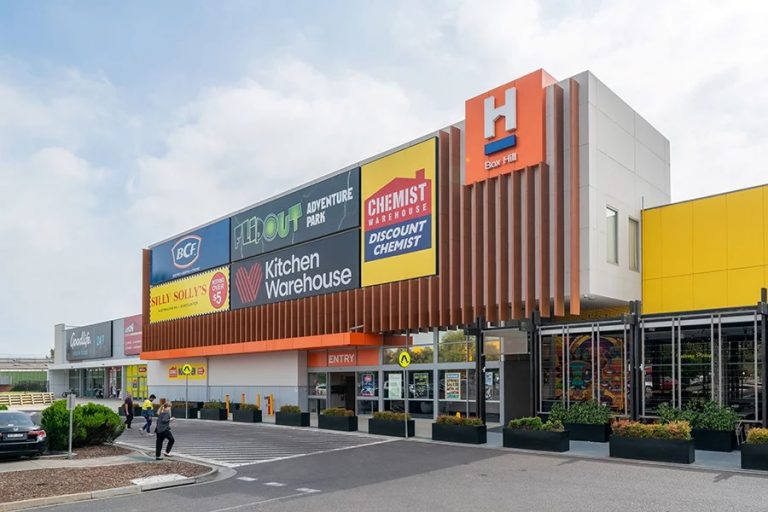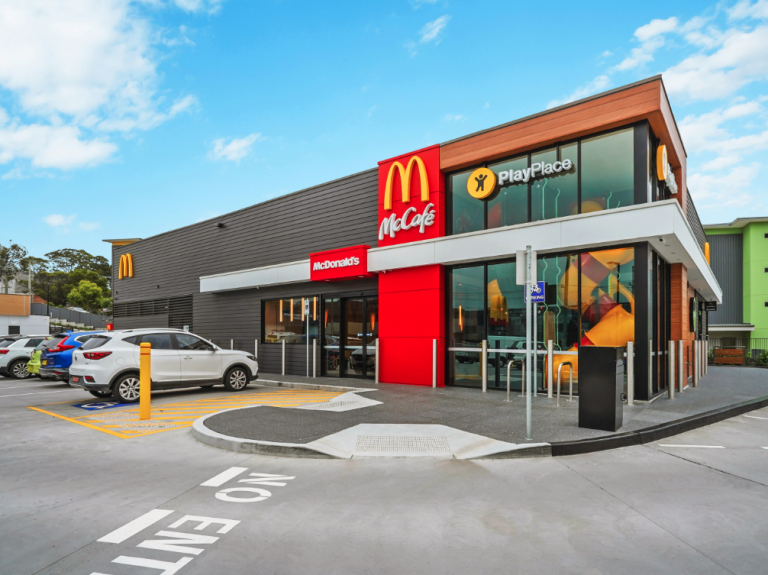Build-to-rent a ‘bright spot’ in Australian commercial real estate in 2024
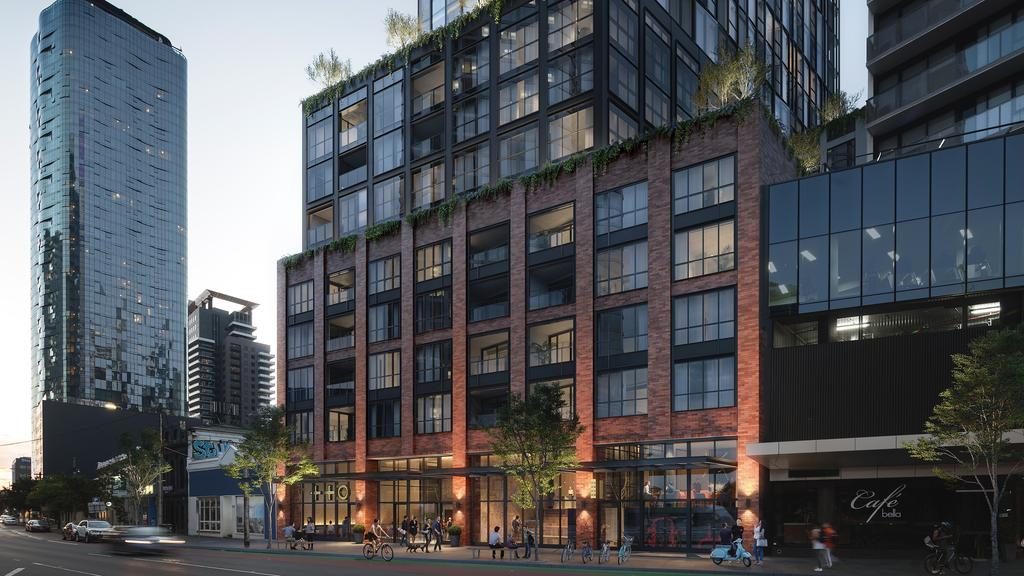
Australia’s burgeoning build-to-rent sector is tipped for a big year of investment in 2024 following a record deal year last year.
The commercial residential sector, which is made up of build-to-rent (BTR) and purpose-built student accommodation, recorded its best year yet, according to preliminary figures from MSCI.
Commercial residential deal activity soared 77% to just under $3 billion in total last year, with the BTR sector alone notching up $2.2 billion in transaction volumes.
It’s in sharp contrast to the office, retail and industrial asset classes, which recorded significant drops in transaction volumes last year.
BTR was a bright spot in Australia’s commercial real estate markets, according to Ben Martin-Henry, Head of Real Assets Research, Pacific at MSCI.
“We’re starting to see more and more projects come out of the ground after being in development for a number of years,” he said.
“Given the population growth that we have had, there should be no shortage of people taking up this space, so it should continue to boom.”
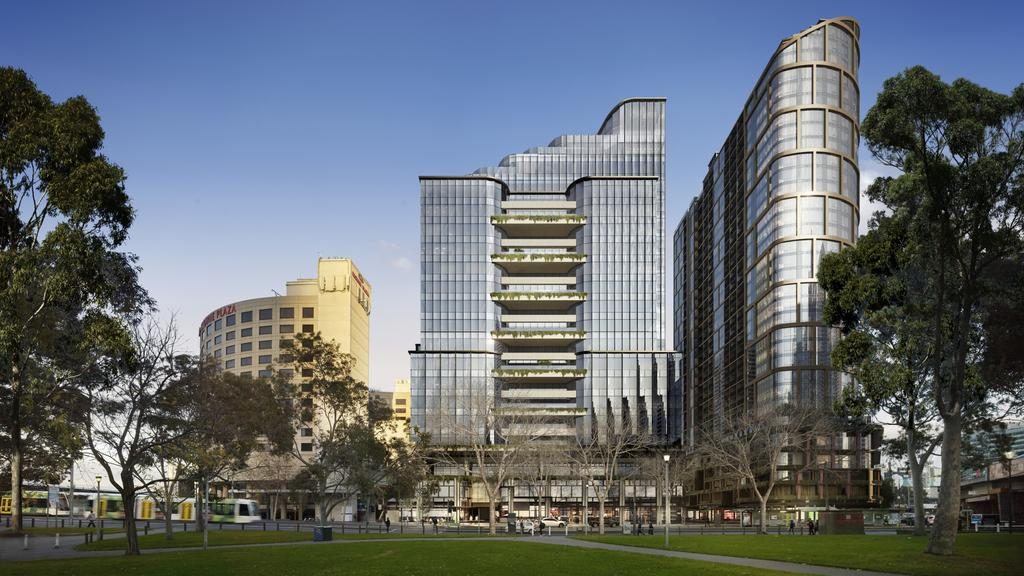
The BTR sector recorded $2.2 billion in deal activity in 2023, the biggest year on record. Picture: Mirvac
PropTrack economist Anne Flaherty said 2024 could see an even bigger year of investment for the BTR sector in Australia.
Ms Flaherty said the federal government’s decision in December to cut application fees for foreign investment into BTR projects would encourage further investment from overseas investors.
“BTR is a well-established asset class overseas and we’re seeing a lot more overseas investor interest in BTR here,” she said.
“From an investor and developer perspective, vacancy rates across Australia are sitting at record low levels, we have a fast-growing population and an undersupply of residential housing that is expected to worsen, so there is real scope for this sector.
“Ultimately, the reason BTR has been slow to take off has been those tax barriers and fees, so the fact that they are slowly being reduced is going to encourage more investment.”

BTR developers and investors such as Home are already operating BTR apartment buildings throughout the country. Picture: Home
In addition to the application fee cuts, the federal government last year announced tax changes to spur investment into BTR properties, including cutting the withholding tax rate for managed investment trusts, due to come into effect in July 2024, and increasing the capital works tax deduction depreciation rate on eligible projects where construction commenced after 9 May 2023.
Meanwhile, Australia’s wider commercial real estate market recorded its worst year in a decade, with deals totalling just $40 billion in 2023, down 47% on the previous year.
The office sector weighed heavily on deal activity last year, with transaction levels falling to their lowest levels since 2011, as investors mulled the future of the workplace and remote working.

Office deal activity fell 62% year-on-year to about $10 billion in 2023. Picture: Getty
But investors will be watching for further office valuation downgrades throughout the first three months of this year, looking for opportunities to buy office buildings at a discount, Mr Martin-Henry said.
“The first quarter might be quite a big quarter and if it’s not, then we’re in for another slow year,” he said.
“Last year, we had the big issue where the gap between what buyers were willing to pay and what sellers were willing to accept was so large, it was one of the largest gaps globally, so there was simply no movement.
“So with valuations moving, which I suspect they have done, you will start to see sellers having to adjust their pricing if they want to dispose of some of these assets and that will start to spur the market.”

Deals in the industrial sector decreased 44% year-on-year to $14 billion in 2023, as investor exuberance waned on the popular asset class. Picture: Getty
Office landlords have been disclosing valuation downgrades, such as Dexus, which reported last month that the total value of its 33-asset office portfolio had decreased about 6% during the second half of 2023.
Centuria Office REIT also reported last August a 4.4% decline across the majority of its portfolio during the first half of 2023.
Many deals were happening quietly in the background towards the end of last year, but the trigger wasn’t pulled on any of them, Mr Martin-Henry said.
“Everything is taking a little bit longer to get across the line at the moment because of cost of debt issues and general uncertainty,” he said.
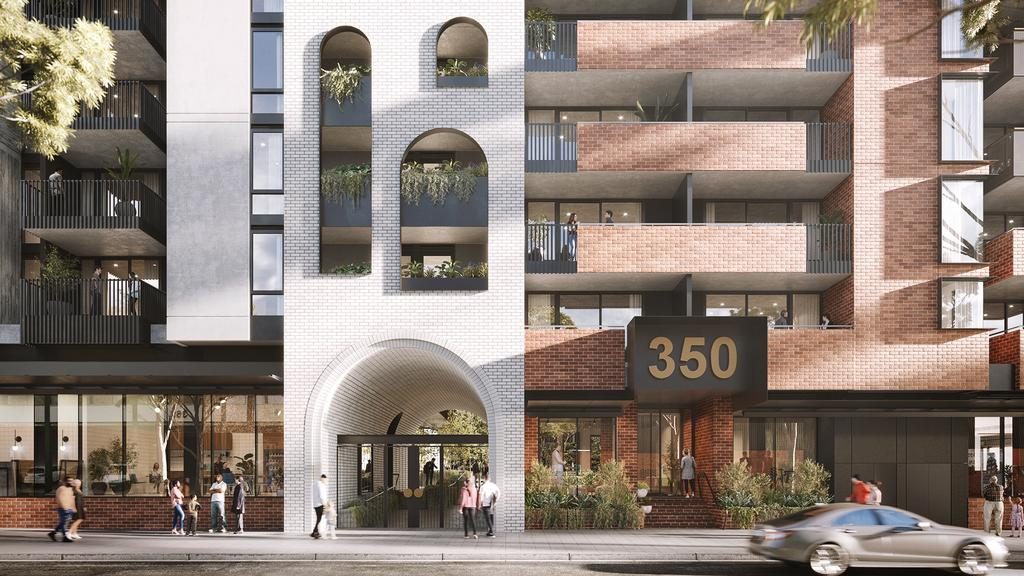
The federal government has removed a number of tax barriers and fees to encourage further investment into Australia’s BTR sector. Picture: Local Residential
In 2023, office transaction deal activity fell 62% year-on-year to about $10 billion, while the retail property market declined 45% to $9.8 billion worth of deals.
The industrial sector also decreased, down 44% year-on-year to $14 billion in deals, as investor exuberance waned on the popular asset class.
It’s a far cry from the heady days of 2021 and 2022, which saw a total of $57 billion worth of transactions.
The downturn in office values hasn’t dampened the appetite for new office buildings though, driven by strong employment growth and the flight to quality, according to new ANZ research.
“Offices have seen the strongest lift in the value of building approvals since the start of the pandemic and have a solid medium-term pipeline of development despite persistent work-from-home trends,” ANZ senior economist Adelaide Timbrell said.
While noting hybrid working appears here to stay, Ms Timbrell said other factors have kept the value of office building approvals above pre-pandemic levels.
“Strong growth in office-related employment is driving growth in office attendance, which has risen rapidly in the last year,” she said. “The popularity of mid-week attendance means offices need to accommodate the peak number of workers, not the average, across the week.
“The flight to quality reflected in lower vacancy rates in premium buildings may lead to new developments replacing existing supply by crowding out demand for older buildings rather than needing to add to total supply.”
Office construction activity is estimated to be 12.7% higher year-on-year in 2022-23, with the office development pipeline set to peak in 2024-25.

